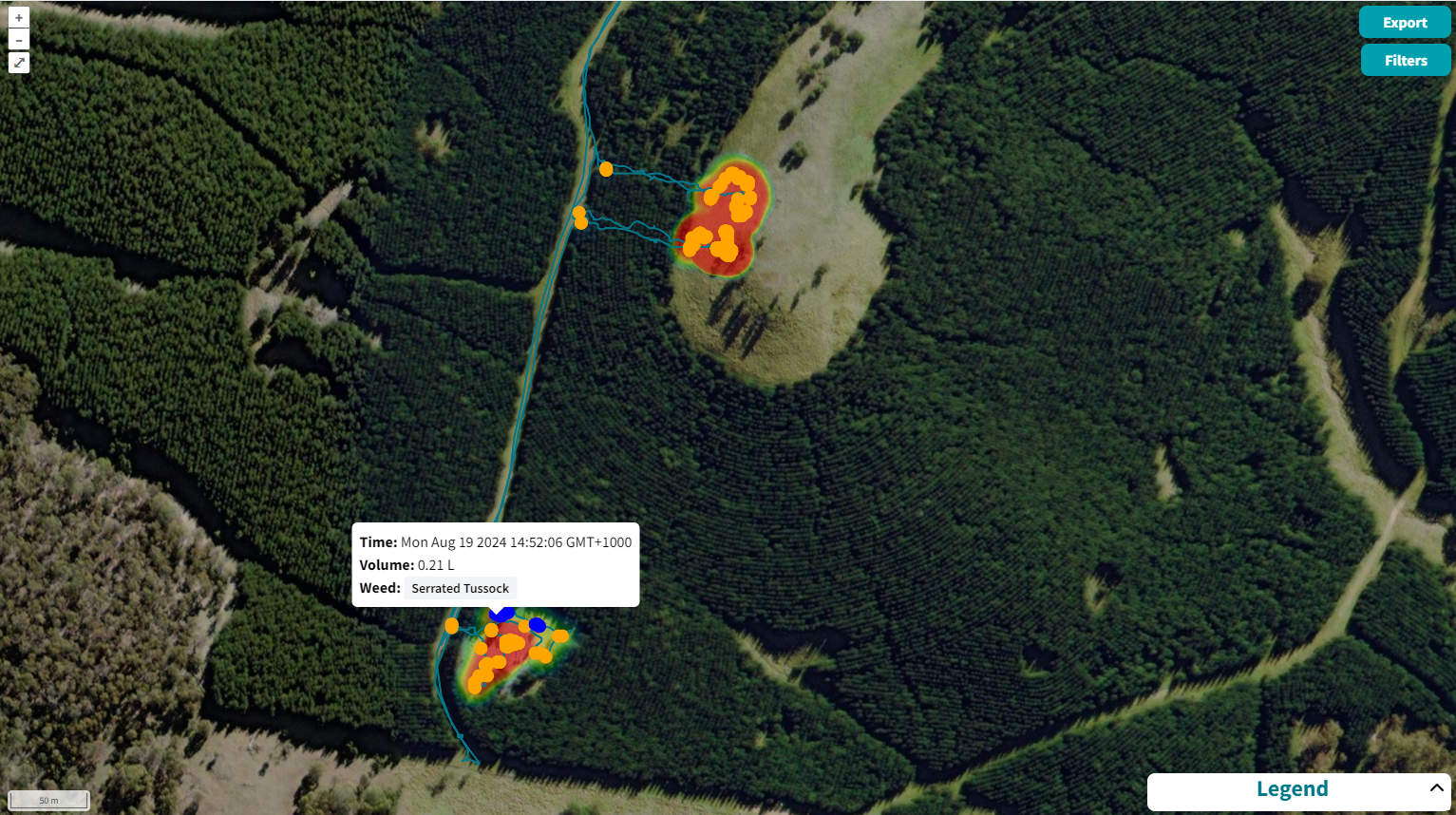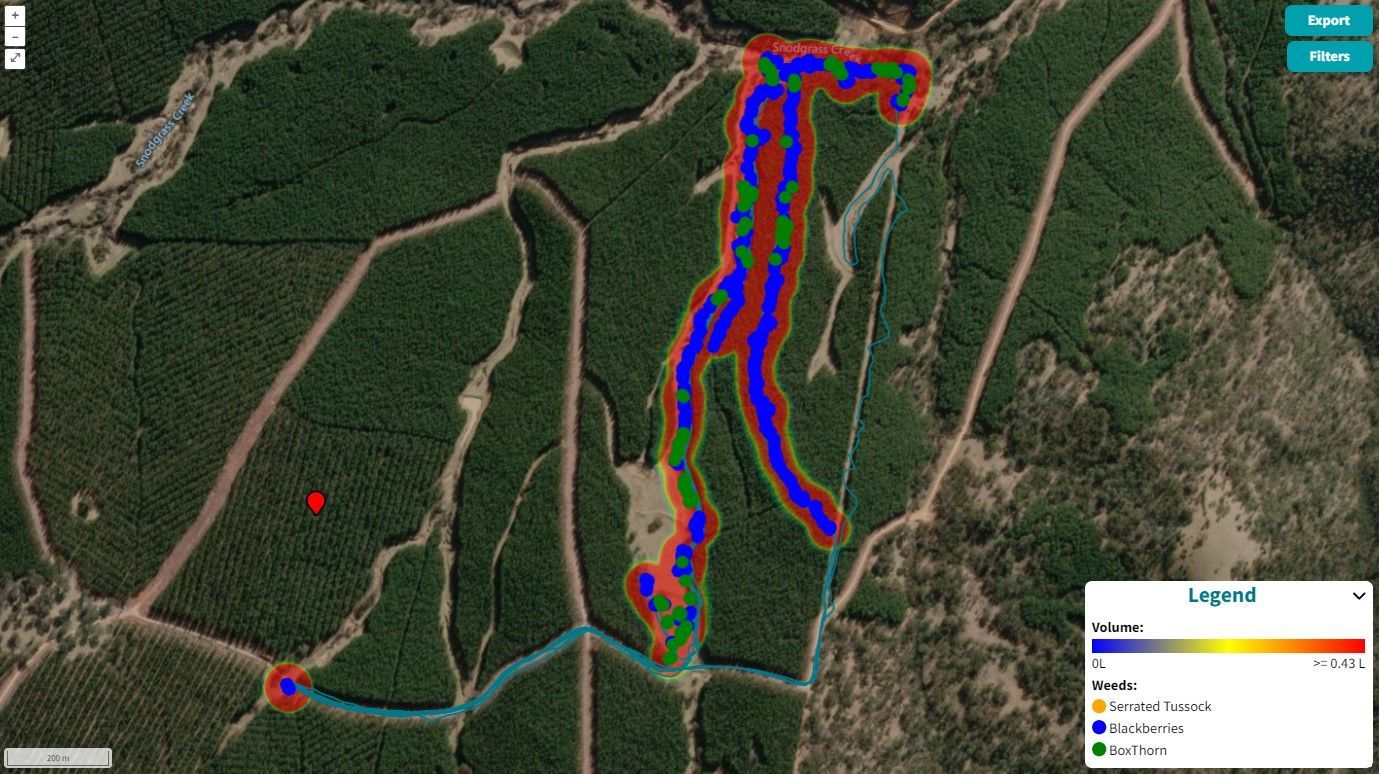Enhancing Forest Health with Targeted Weed Control: Best Practices for Forestry Weed Spraying
In forestry, managing competing vegetation is crucial for supporting young tree growth and maintaining a healthy ecosystem. Invasive weeds and fast-growing vegetation can crowd out young trees, slowing their development and reducing overall forest productivity. Targeted weed spraying is a key tool in managing these competing species and enhancing forest health.

The Importance of Weed Control in Forestry
Effective weed control fosters a balanced forest ecosystem by removing invasive species and reducing competition for resources. By managing weeds, forest managers create optimal conditions for young trees to access sunlight, water, and soil nutrients. This approach not only supports tree growth but also encourages a diverse, resilient ecosystem that promotes long-term forest health and productivity.
Best Practices for Forestry Weed Spraying
- Target Specific Weeds: Using herbicides to target specific invasive or competing plant species reduces unnecessary chemical use. Identifying and focusing on the most disruptive species ensures that treatments are both effective and environmentally responsible.
- Seasonal Application Timing: Timing applications to the growing season of target weeds enhances effectiveness. Applying herbicides when weeds are most vulnerable helps maximize control efforts and reduces the need for repeat treatments.
- Integrated Pest Management (IPM): Combining weed spraying with IPM techniques, such as promoting beneficial plant growth and introducing natural pest controls, supports a balanced ecosystem. This approach fosters biodiversity and reduces reliance on chemical treatments.
- Regular Monitoring and Follow-Up: Routine monitoring of treated areas ensures that weed control efforts are maintained and allows for timely follow-up treatments if necessary. This practice supports a sustained, weed-free environment for young tree growth.

How Rapid Logix Supports Bare Ground Spraying for Critical Infrastructure
The Rapid Logix system supports operators in bare ground spraying by ensuring accurate coverage and effective management:
- Precise Mapping of Treated Areas: Rapid Logix maps sprayed zones, allowing teams to see exactly where herbicides were applied, preventing gaps or overlaps.
- Detailed Spray Tracking: Operators can record exact locations and herbicide volumes used, helping ensure compliance and effective dosing.
- Data Collection for Future Planning: Data export options in Rapid Logix allow treatment records to be analysed in GIS systems, supporting efficient, data-driven management.
- Enhanced Efficiency and Safety: Precise tracking reduces environmental impact, ensuring safe and effective operations around critical infrastructure.
Supporting Forestry Operations with Advanced Tools
Advanced tracking and management tools, like Rapid Logix, can support forestry weed control by providing precise application records and mapping treated areas. This data-driven approach enables forest managers to document treatments, plan follow-ups, and track weed control success rates, optimizing efforts and promoting sustainable forest management.
Targeted weed control in forestry is essential for the health and productivity of forests. Through best practices in weed spraying, integrated pest management, and consistent monitoring, forest managers can create an environment where young trees thrive, contributing to resilient and biodiverse forests. Implementing these strategies promotes long-term sustainability, enhancing both forest ecosystems and forestry productivity.
CONTACT US
Contact us to learn more about the Universal Flow Tracker, request a quote or give us a call on the number below.



